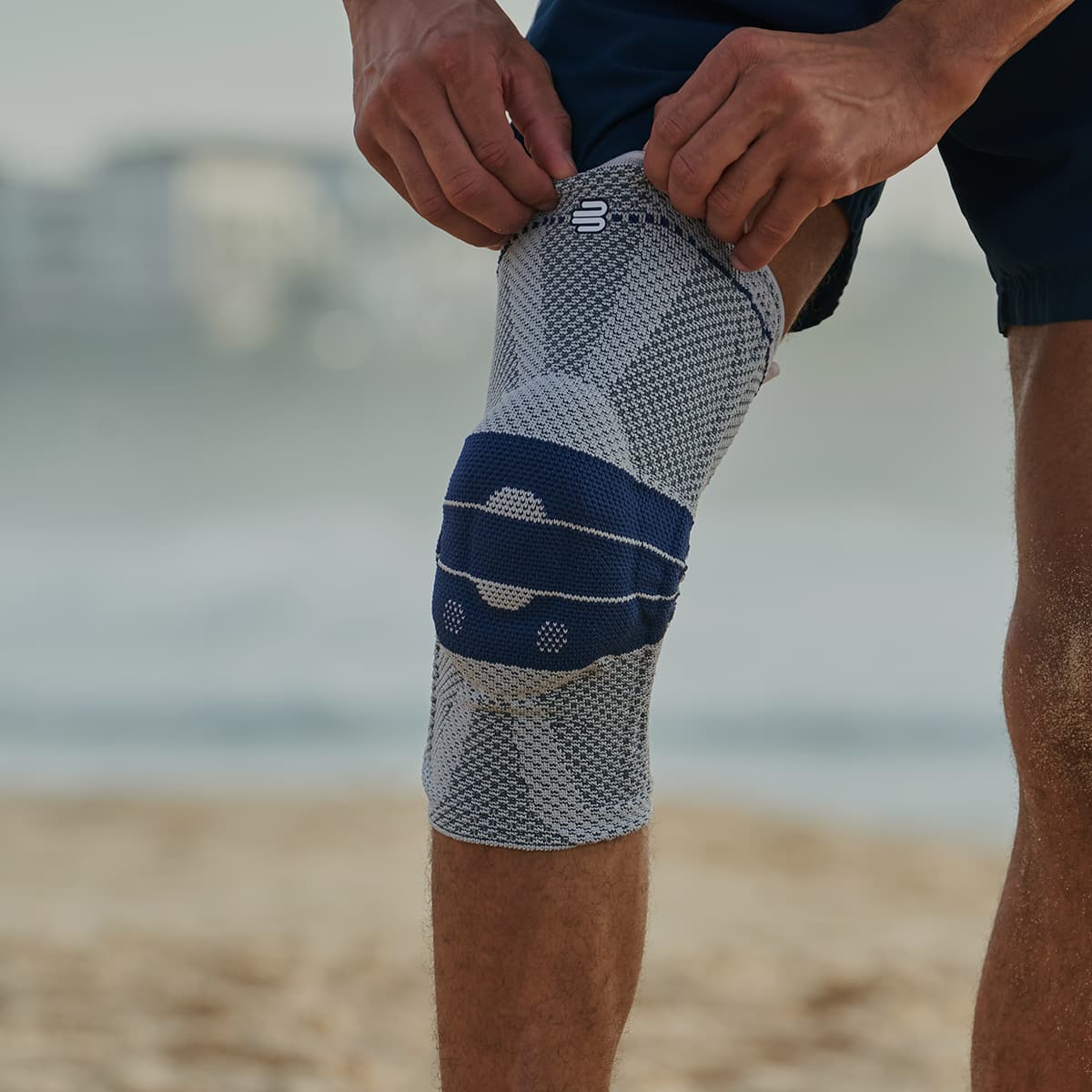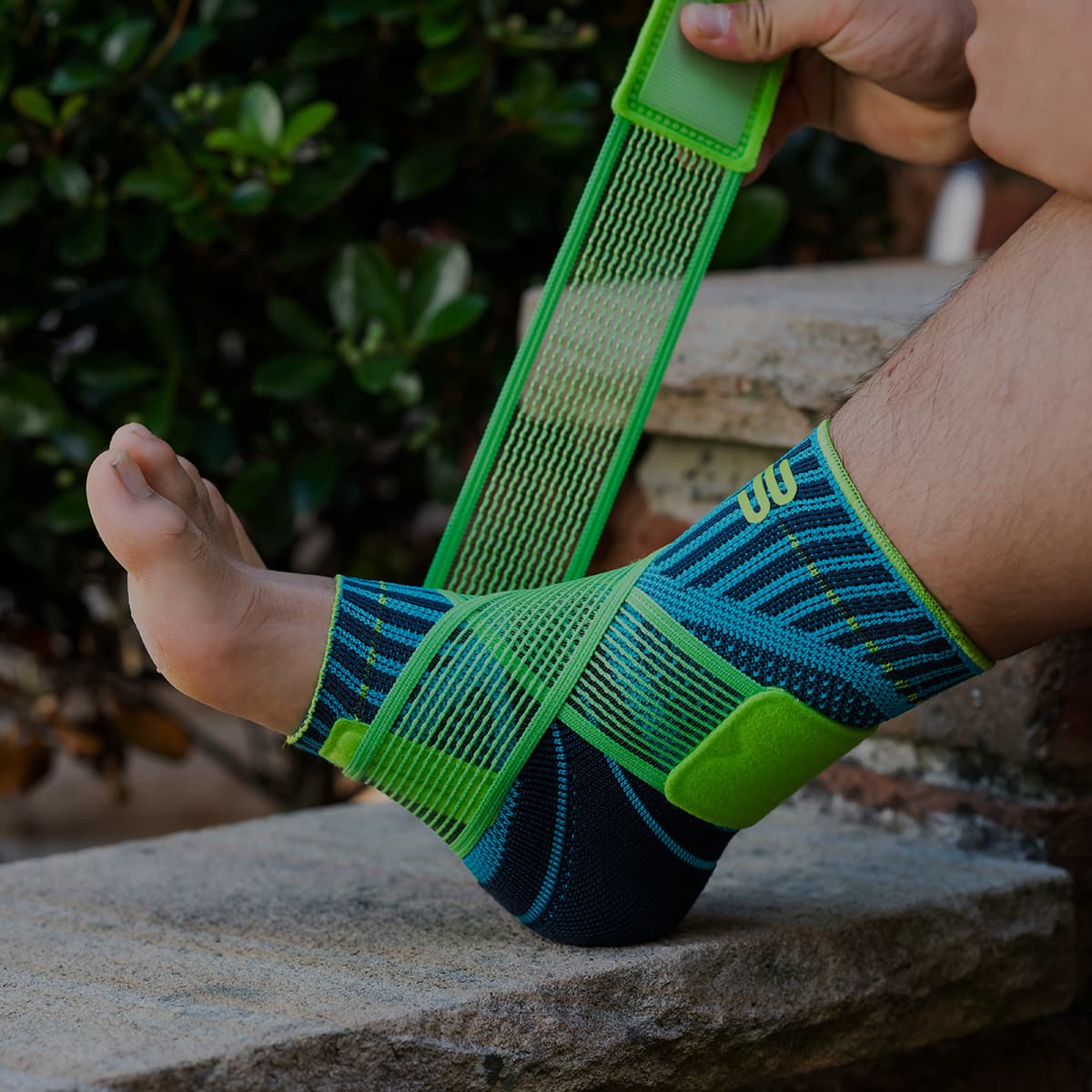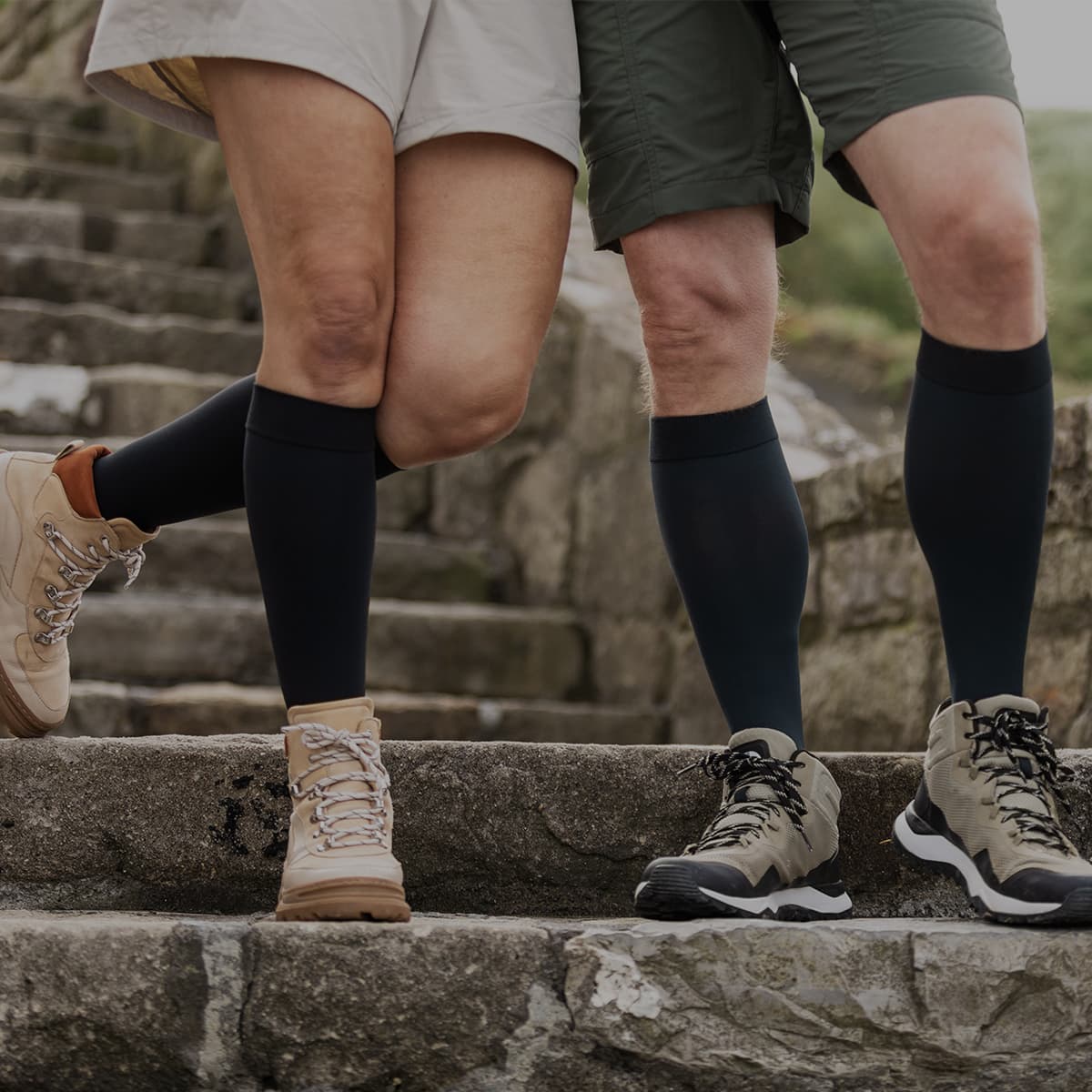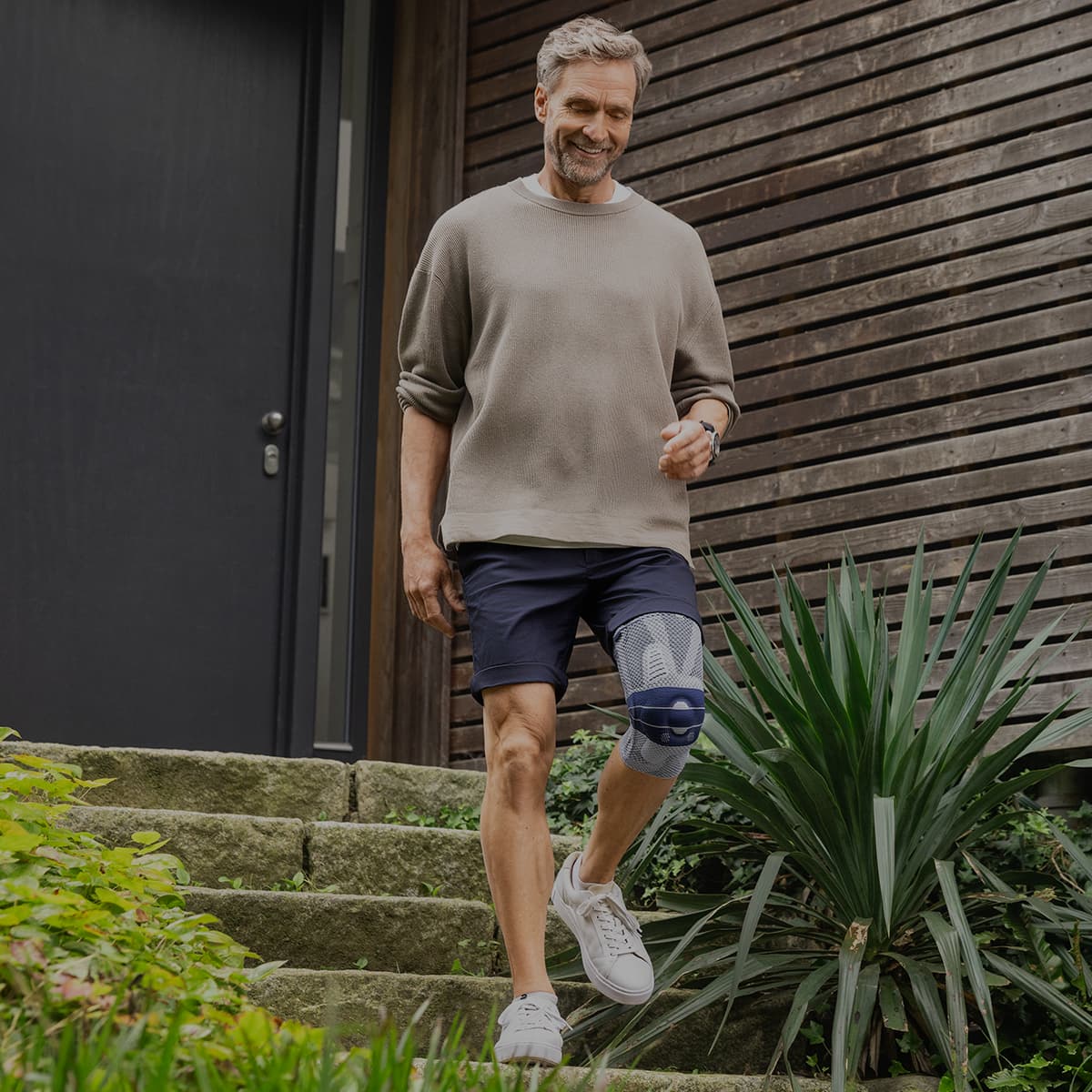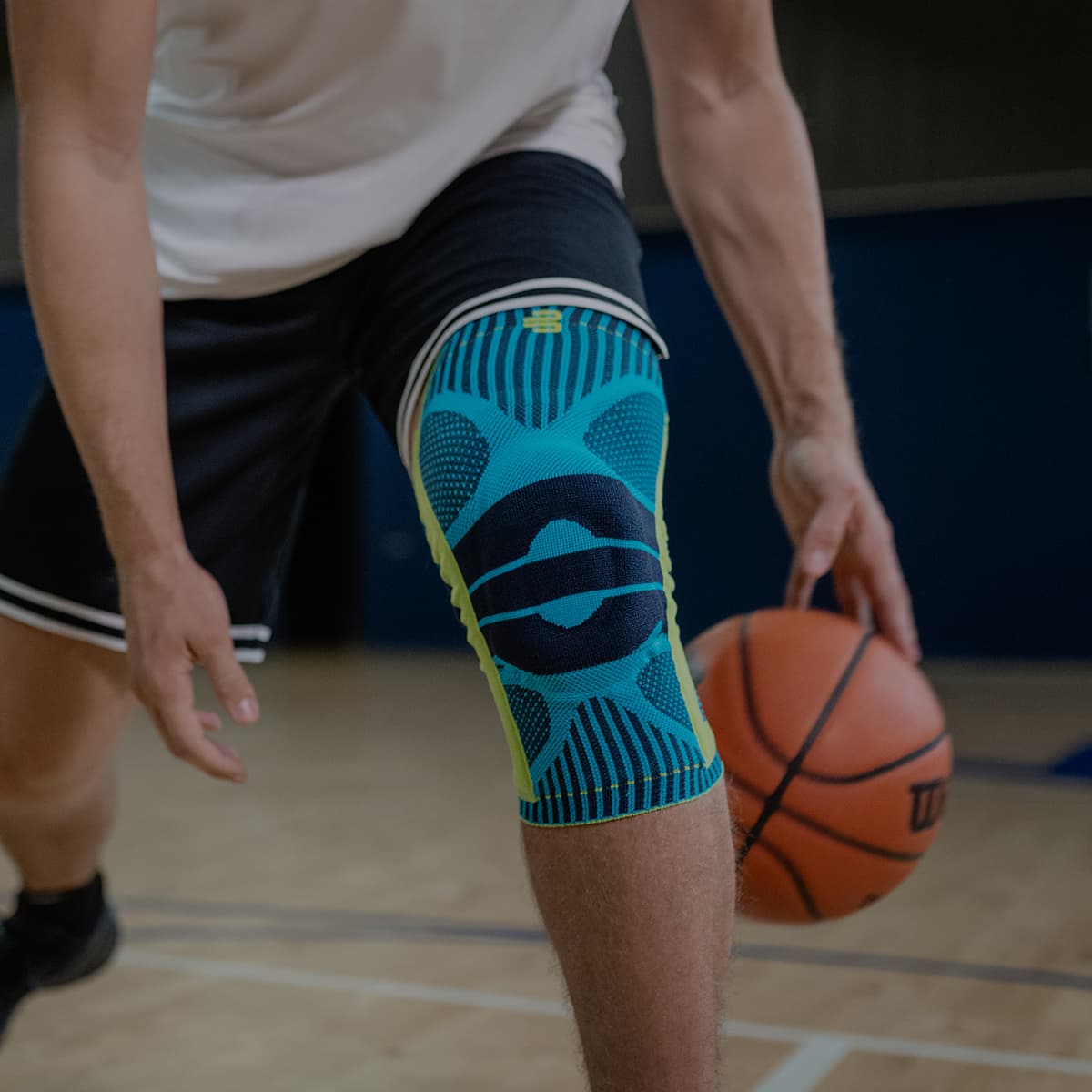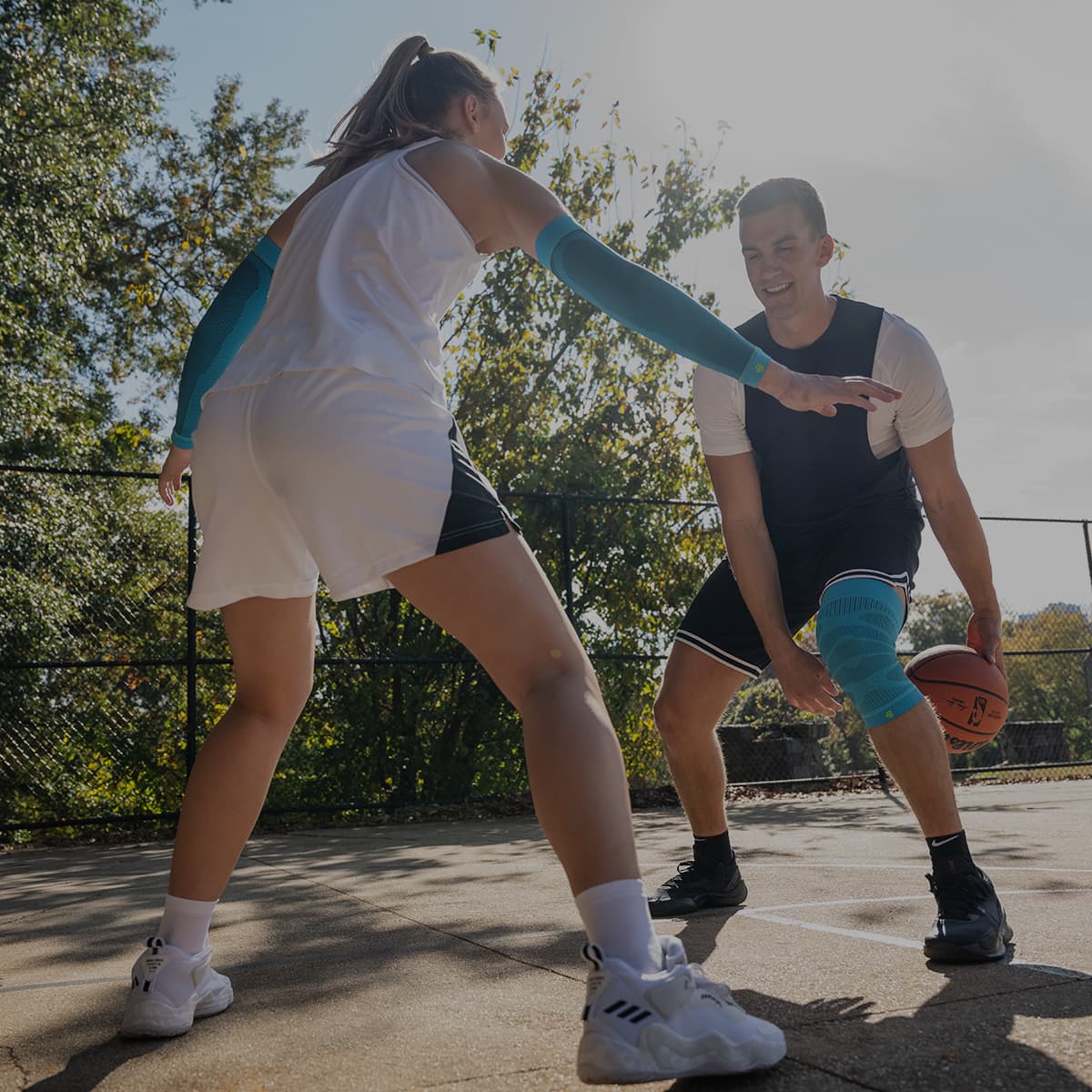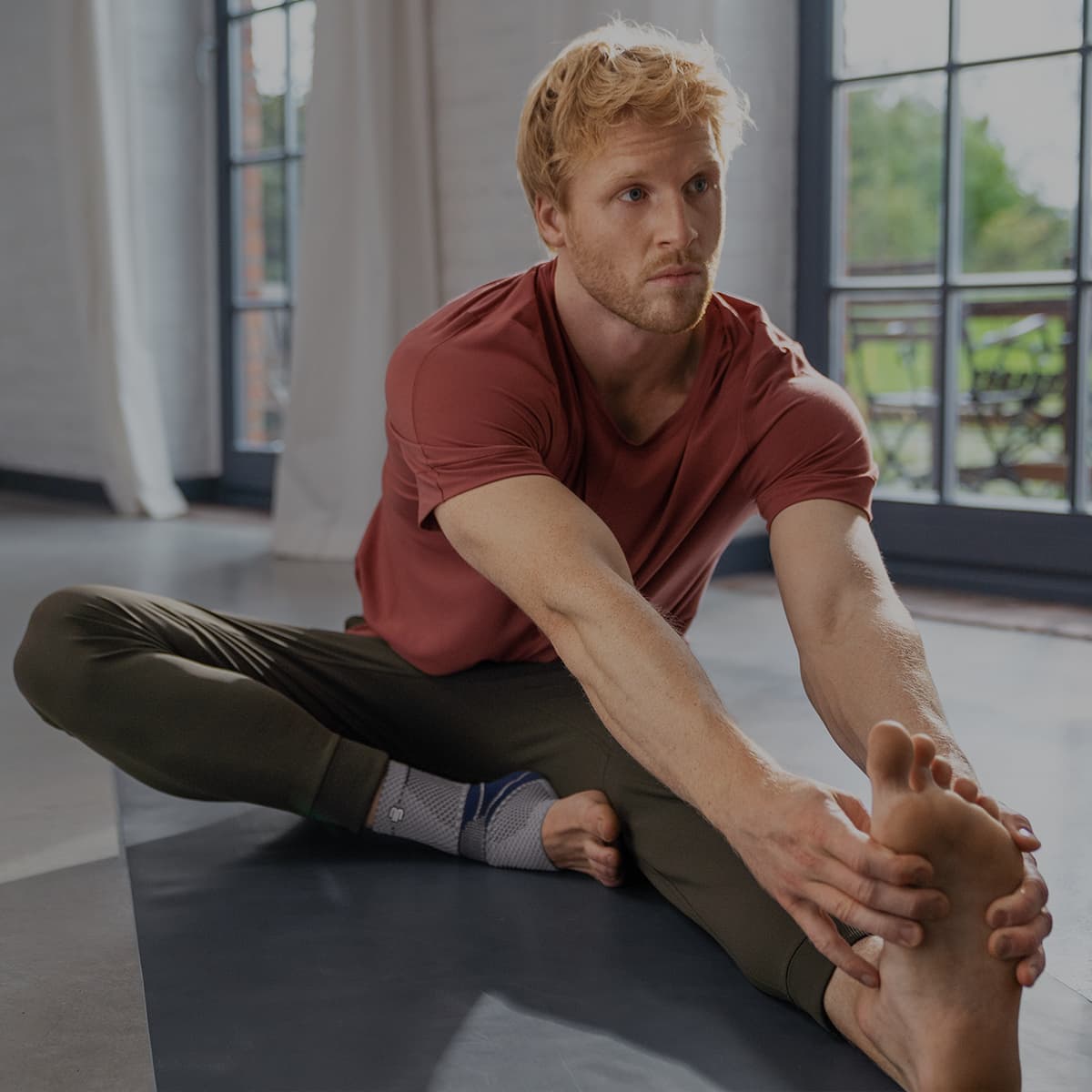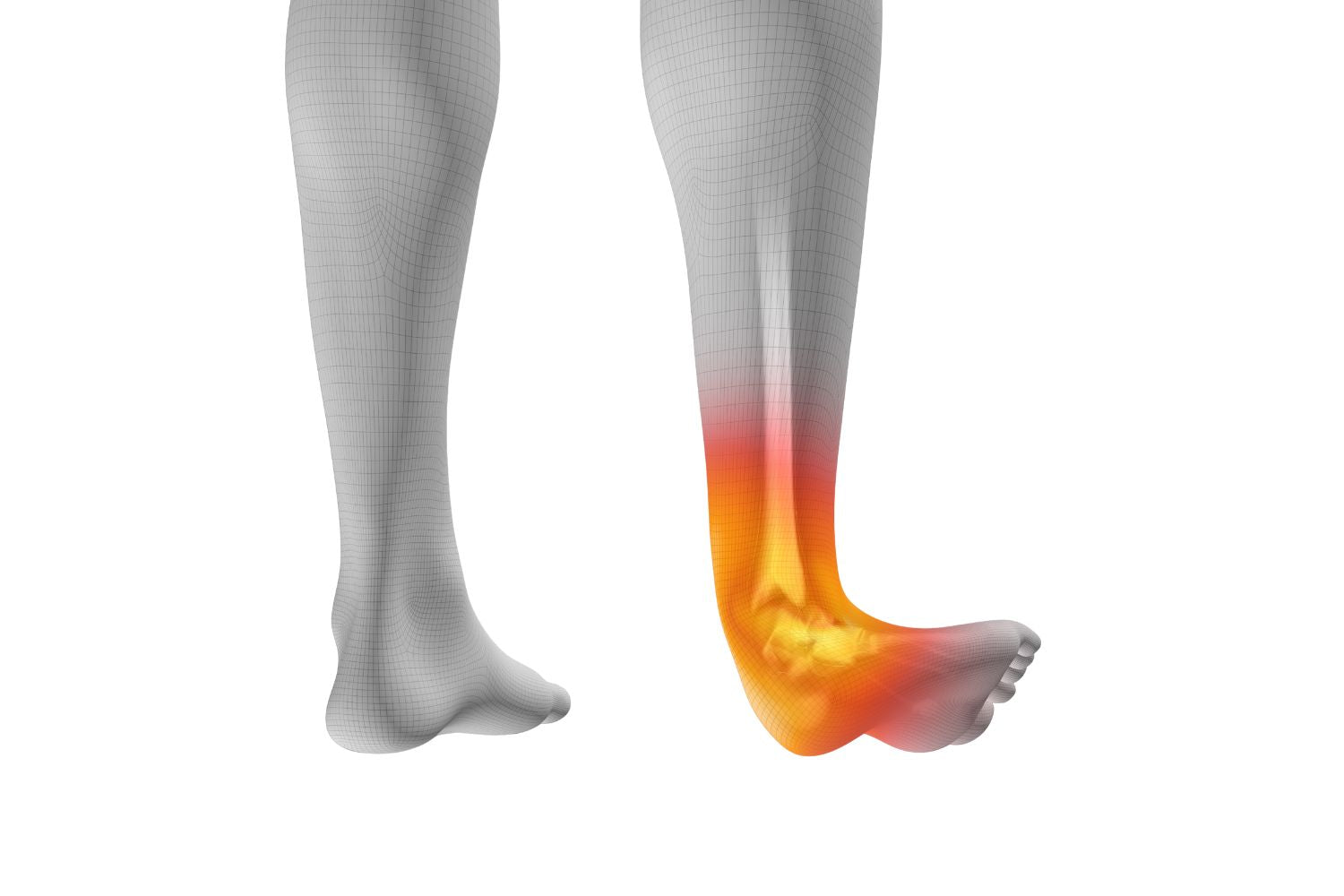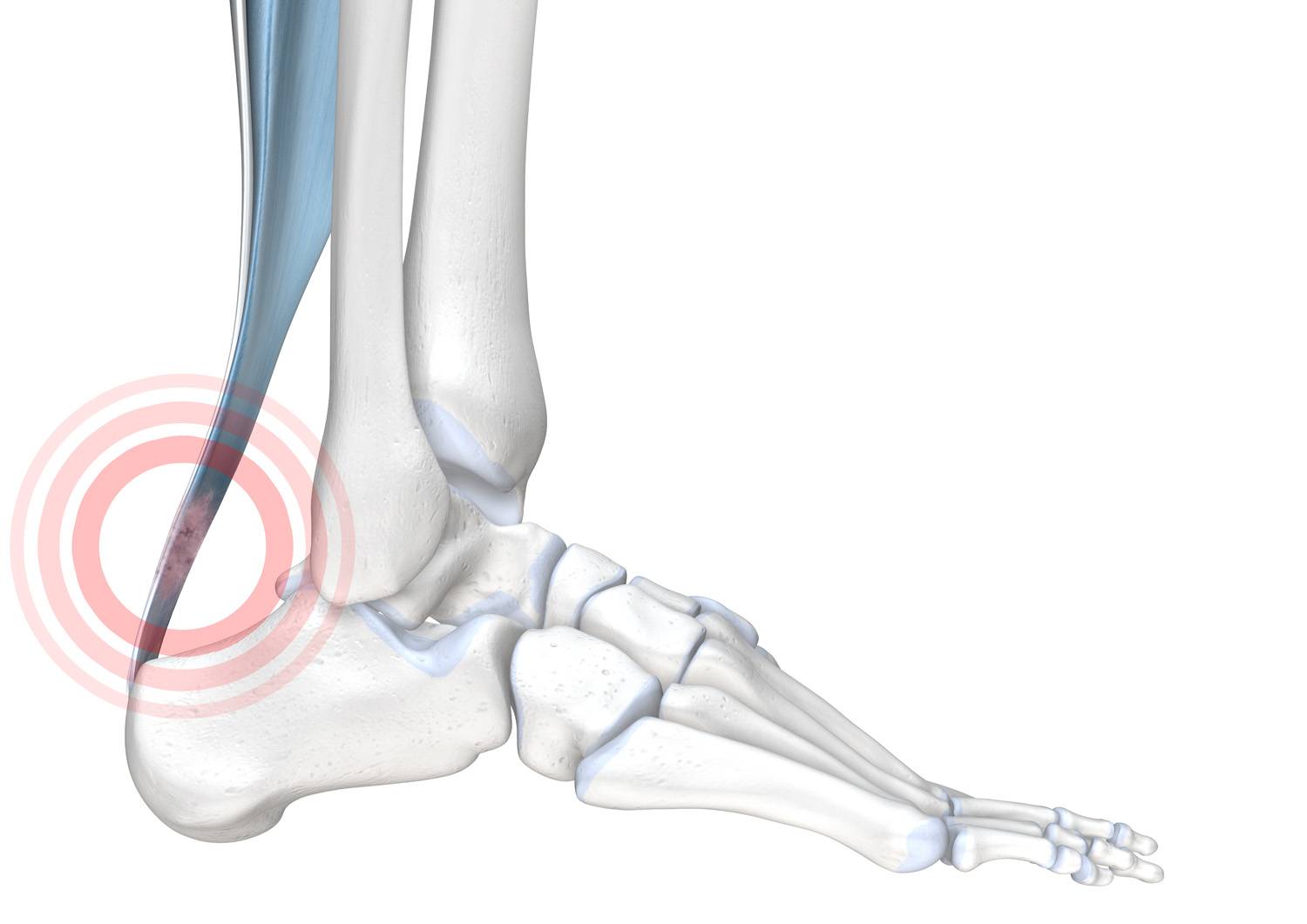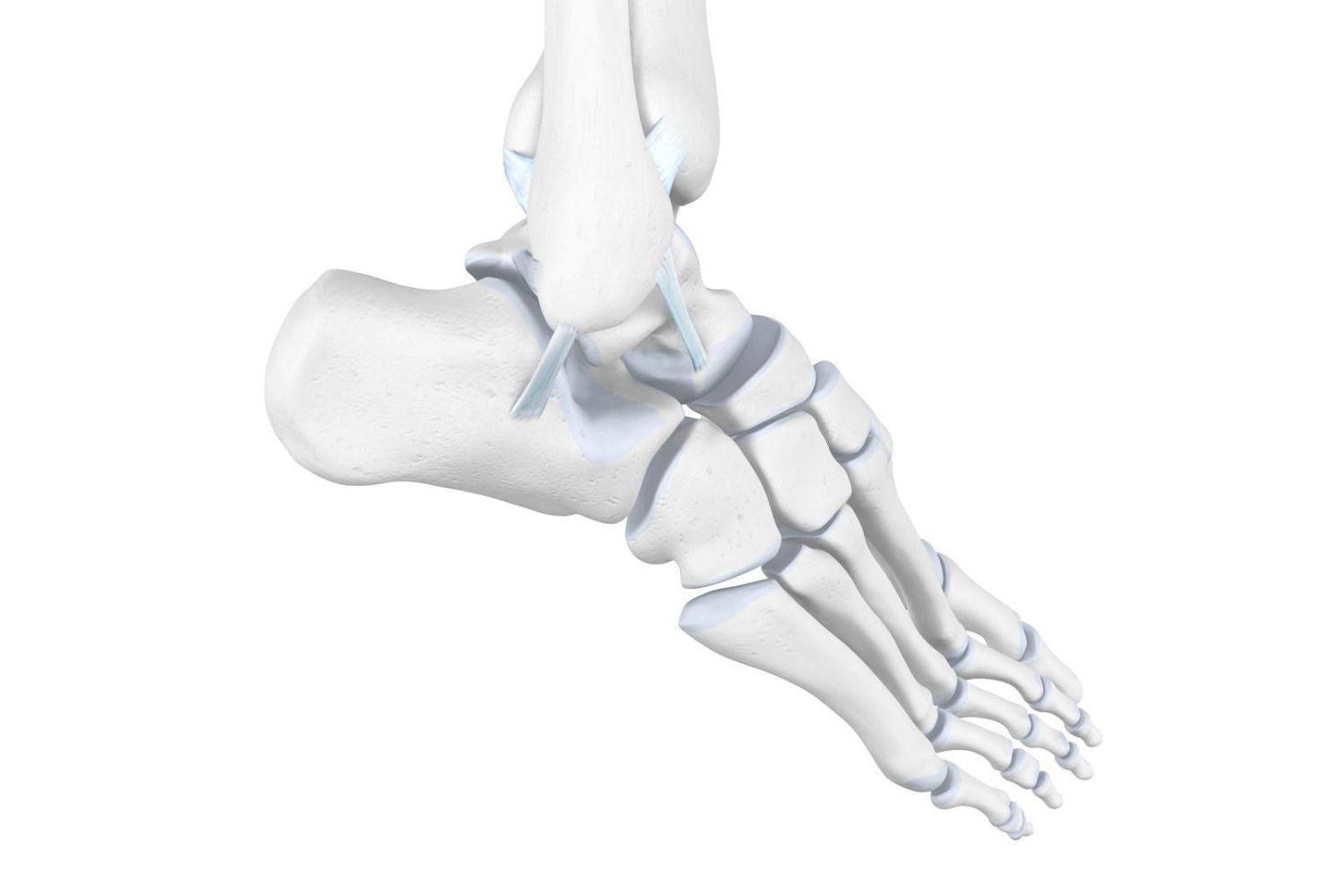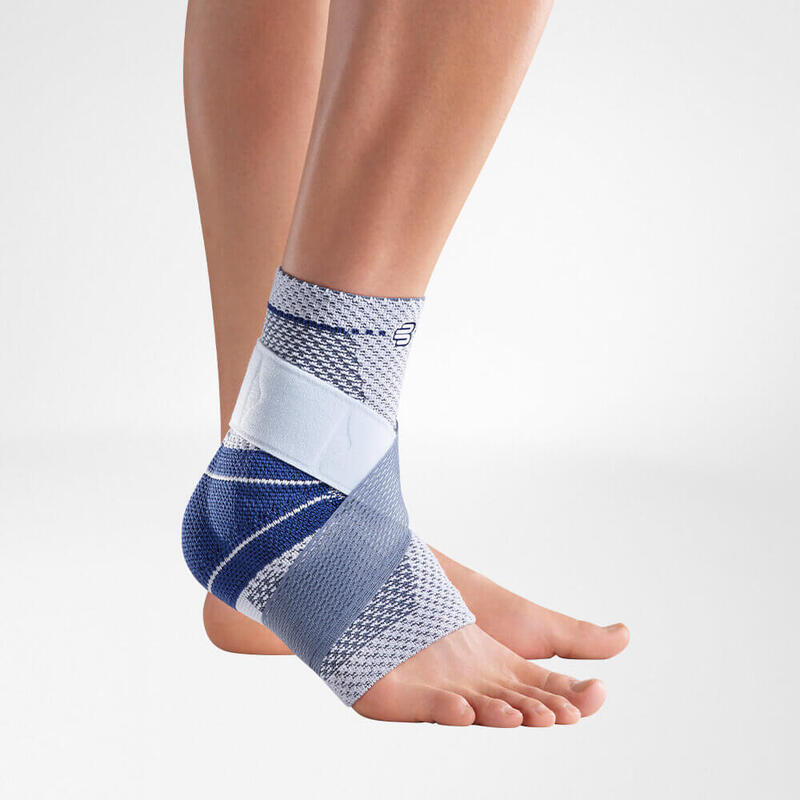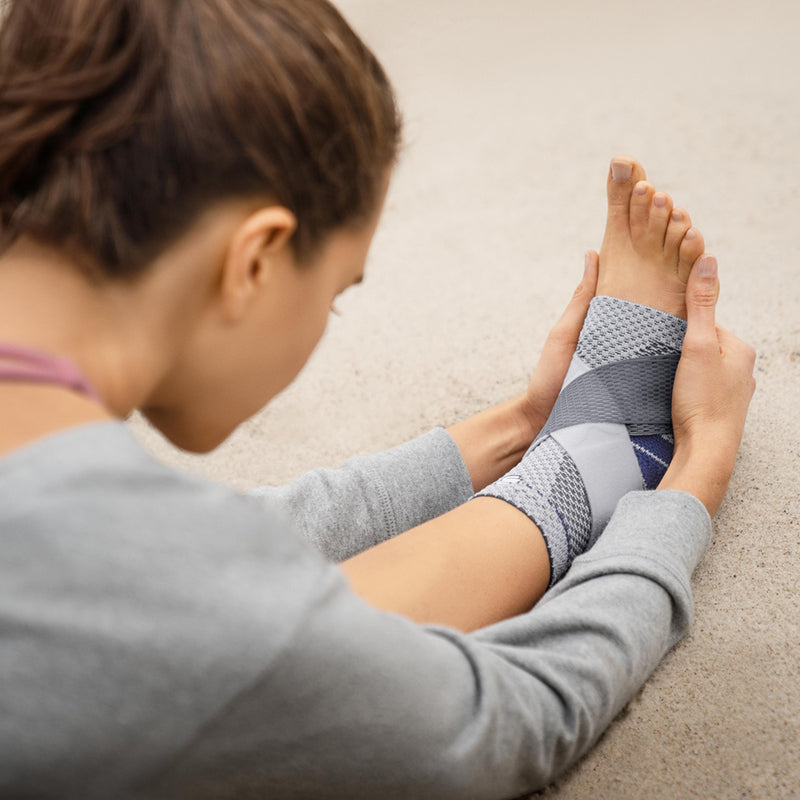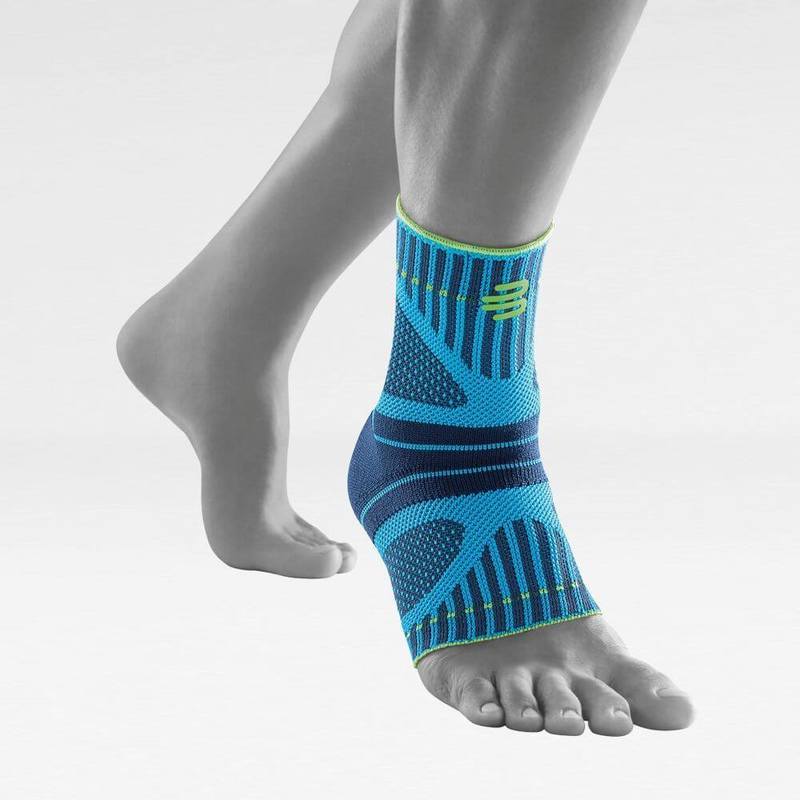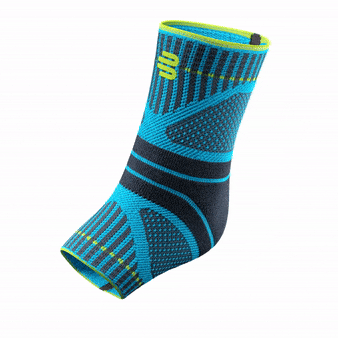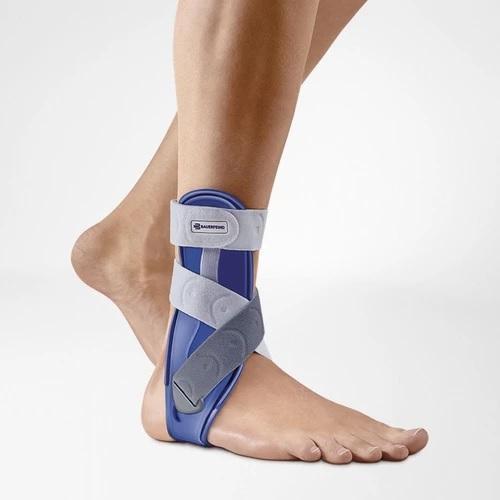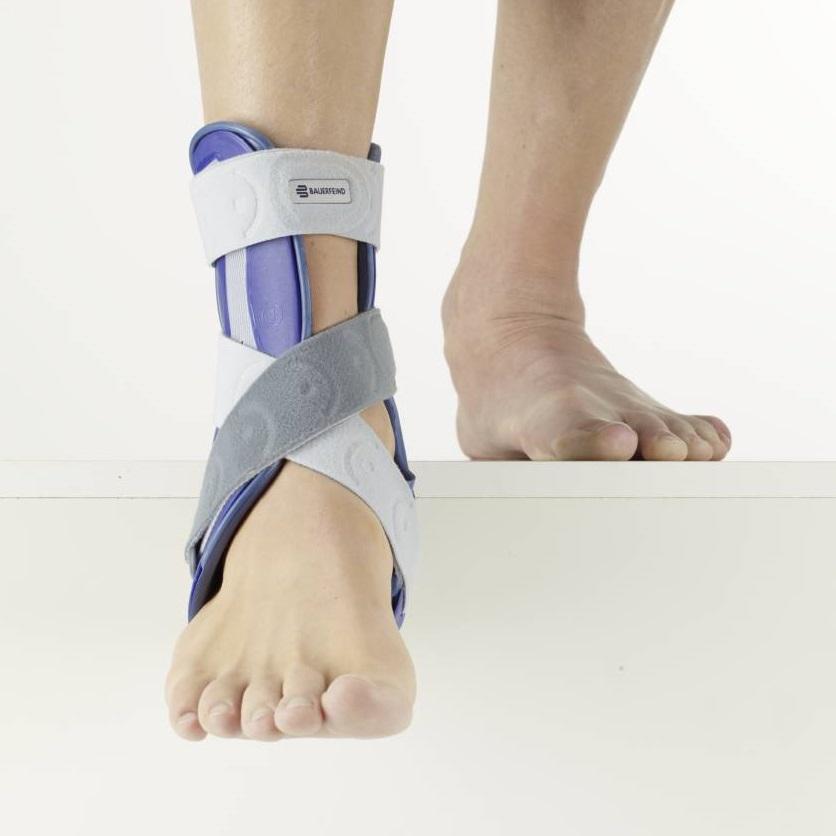What is a sprained ankle?
The ankle is a complex and delicate structure, instrumental to movement in the lower part of the human body.
The joint capsule holds the ankle together and provides stability, allowing us to perform daily activities such as walking, jumping, and running.
Excessive stress or movement beyond the body’s natural limitations can result in a sprained ankle, damaging the joint, joint capsule, or ankle ligaments.
A person’s movements are significantly restricted, and immediate medical attention is highly recommended.
Symptoms of a Sprained Ankle
A sprained or rolled ankle can cause the joint capsule to tear. The individual often experiences a sharp, stabbing pain in the joint.
Often, bleeding and oedema occur in the injured region. Bruising is also a typical sign of serious damage and may suggest underlying complications.
In mild cases, ample rest and stabilisation through orthosis can restore the joint capsule to normal function.
However, in severe cases, there could be serious underlying complications that need to be addressed by a health professional with targeted healing. If left unchecked, it could lead to degeneration of the joint.
Diagnosis Sprained Ankle
Practitioners rely on detailed physical examinations and sophisticated medical technology, like MRI and X-ray imaging, to determine the severity of the injury.
Sufficient prescribed physiotherapy, after the acute stage, in conjunction with the use of an ankle orthosis, is highly recommended for a speedy and smooth recovery.
Sprained Ankle Treatment
Injury to the ankle is fairly common, and treatment of an overturned foot is mostly conservative, i.e., non-surgical. The primary course of treatment involves immediately relieving stress from the joint and the joint capsule.
First Aid
- Immediate first aid measures are highly recommended after trauma. A good guideline to follow is the RICE rule:
- Rest: The injured joint should be immobilised immediately. Rest should be prioritised, and no stress should be applied to the joint.
- Ice: Cooling the joint is recommended. To prevent and minimise swelling, an ice pack, wrapped in a cloth, should be applied immediately after injury.
- Compression: Compression bandages, alongside medical ankle braces, can help relieve pain and reduce swelling. These provide support and prevent excessive stress and movement of the ankle joint.
- Elevation: Elevation of the injured foot above heart level, preferably mounted, prevents further complications by managing and preventing edema.
Prescribed physiotherapy and rehabilitation
Anti-inflammatory and pain medications can help alleviate the pain and discomfort of a foot overturn injury. Prescribed rehabilitation exercises are highly recommended to strengthen the joint and stabilise the capsule after the acute stage.
Remedial massage and hydrotherapy can be instrumental in managing the associated symptoms of edema and bruising. Physiotherapy is also very beneficial in recovering the ankle’s strength and mobility.
Medical ankle braces
Ankle braces help in the smooth and effective recovery of a sprained ankle. After injury, the joint capsule is compromised, and the ankle is at a higher risk of further injury.
A sprained ankle can be very painful, and treatment is a long process, but crucial in restoring joint stability. By boosting healing, an ankle brace can help avoid further shortening or stiffening of the ankle ligaments and muscles.
Wearing a Bauerfeind brace, like the MalleoLoc ankle brace, can minimise the chances of further injury by providing enhanced stability, proprioception and medical-grade compression.
Surgical Intervention
Contrary to belief, surgical treatment is only necessary in cases of complications. In the case of a ruptured capsule, internal complications, like bone fragments from the injury, could require surgery.
Treatment and Prevention of Sprained Ankle Through the Use of Braces
Sprained ankles are fairly common in sporting activities such as Rugby and Basketball and can be easily avoided by taking a few precautionary measures.
Better awareness of the natural limitations of our joints and better proprioception can help avoid abnormal movements of the joint, thus preventing trauma.
Ensuring appropriate footwear and practising care on uneven surfaces are also some helpful ways of reducing the risk of a sprained ankle injury. However, one of the most effective measures is using medical ankle braces.
Orthoses can help facilitate healthy proprioception (body movement and posture) during strenuous activities, such as sports and running. In cases of a tear in the joint capsule, an ankle brace is highly recommended for both prevention and recovery.
Braces for Sprained Ankle Treatment
The MalleoTrain Plus is a lightweight ankle brace stabilising the foot following twists or sprains. It helps in preventing twisted ankles. The brace features:
- Three-dimensional active knit - for a perfect fit.
- Anatomical shape: It conforms to your body for gentle compression that keeps the ankle in place and improves circulation.
- Viscoelastic cushions - Increase your comfort with soft pads while stabilising the ankle and reducing pain and swelling.
Orthosis for Preventing Ankle Damage from Sprained Ankles
Bauerfeind’s MalleoLoc ankle brace stabilises the joint, relieves pain in the ankle joint and prevents it from careless movements, particularly in the acute phase of the condition.
The brace features a plastic shell that is anatomically shaped to conform to the outer side of the foot. This shell provides a high degree of medial and lateral stabilisation, helping prevent strains and rolling-out movements of the foot.
Ankle Support for Preventing Sprained Ankles
We recommend wearing the Sports Ankle Support Dynamic to prevent ankles from spraining during sporting activity. The ankle support features:
- Stabilisation of the ankle for better proprioception.
- Anatomic contouring guarantees a secure fit and maximum freedom of movement.
- Use for longer endurance and faster recovery times after sports.

